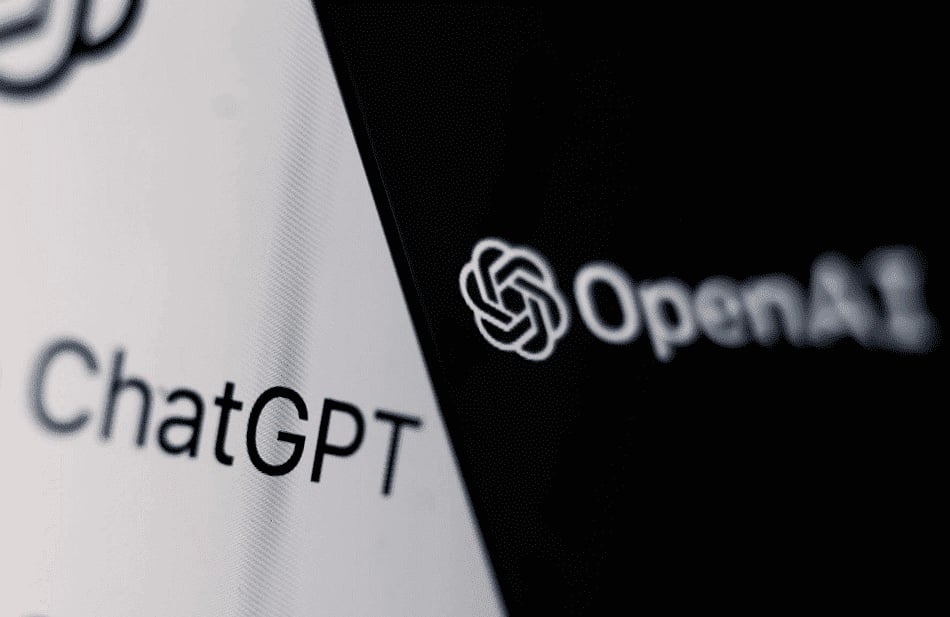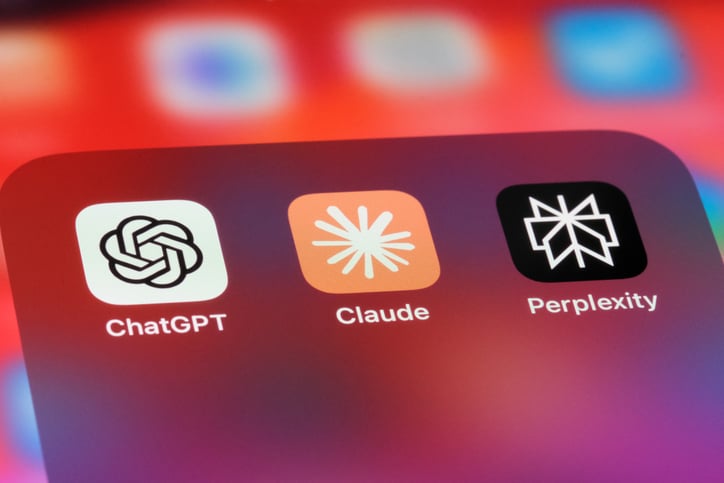
The Bundestag election 2025 is imminent, and digital platforms such as Tikkok play an increasingly important role in political opinion formation, especially among young voters. But what mechanisms work here and what risks does the use of such platforms bother?
Florian Buschmann, founder of the “offline hero”, is committed to the prevention of media addiction. Once affected himself, he knows about the dangers. Every year he and his team conduct over 300 events with more than 10,000 participants in schools. The “offline heroes” are committed to media literacy, media addiction prevention and the correct way of dealing with AI. You know: the future begins with our children.
Algorithm promotes extreme content
Tikoks algorithm is designed to recommend content based on user interactions such as likes, comments and length of stay. Studies show that this mechanism means that users see increasingly more radical content.
An examination of the NGO Media Matters illustrates how quickly the Tikok algorithm promotes problematic content and filter bubble effects: within a very short time the algorithm steered the users from a diverse selection of videos to the supposedly desired content. The algorithm immediately began to fill the personal recommendations of the users with hateful and right -wing extremists.
AfD uses Tiktok particularly effective
The AfD recognized Tikok's potential early and uses the platform intensively to address young voters. With almost 500,000 followers and over eight million likes, she clearly exceeds other parties. This strong presence contributes to the fact that the AfD is increasingly approved by young voters.
Perception of right -wing content by students
In school events, students are increasingly reporting that they find out about current topics on platforms such as Instagram and Tiktok. You notice that you are often displayed right content.
These observations coincide with studies that show that right -wing extremist actors use social media to specifically address young people. They obscure their ideologies behind youth language, hashtags and emojis and try to reach children and adolescents with platform -friendly clips.
Risks for political opinion formation
The focus of the Tikok algorithm on interactions can lead to polarizing and extreme content being preferred. This harbors the risk that young users get into a one -sided information bubble and their political opinion formation is based on distorted or extreme views.
Conclusion: Tikok has the potential to influence the political landscape by enables certain actors to effectively spread their messages. It is important that users are aware of the functioning of the algorithm and deal critically with the content consumed. At the same time, political actors and educational institutions should increasingly rely on digital media literacy in order to promote balanced and well -founded opinion formation.





